Submissions
Submission Preparation Checklist
As part of the submission process, authors are required to check off their submission's compliance with all of the following items, and submissions may be returned to authors that do not adhere to these guidelines.- The submission has not been previously published, nor is it before another journal for consideration (or an explanation has been provided in Comments to the Editor).
- The submission file is in OpenOffice, Microsoft Word, or RTF document file format.
- Where available, URLs for the references have been provided.
- The text is single-spaced; uses a 12-point font; employs italics, rather than underlining (except with URL addresses); and all illustrations, figures, and tables are placed within the text at the appropriate points, rather than at the end.
- The text adheres to the stylistic and bibliographic requirements outlined in the Author Guidelines.
Copyright Notice
Copyright notice
The author is solely responsible for the truthfulness and honesty of the content of his work. Therefore, it is recommended to always give the corresponding credits to the work of others. In case of intellectual plagiarism or damage of any kind, the Editorial de la Juan will not assume any responsibility in this regard. In the event that any publication incurs in partial or total plagiarism, the author will be sanctioned according to the Editorial Committee's decision.
Copyright notice: once the document complies with all the characteristics for publication, the coordination sends the author the copyright notice in order to transfer the rights to the Fundación Universitaria Juan de Castellanos; also, in order to confirm that the text does not have text whose publication violates copyright. The author must resend it within a maximum period of two (2) days to the official contact email.
Privacy Statement
The names and email addresses entered in this journal site will be used exclusively for the stated purposes of this journal and will not be made available for any other purpose or to any other party.



